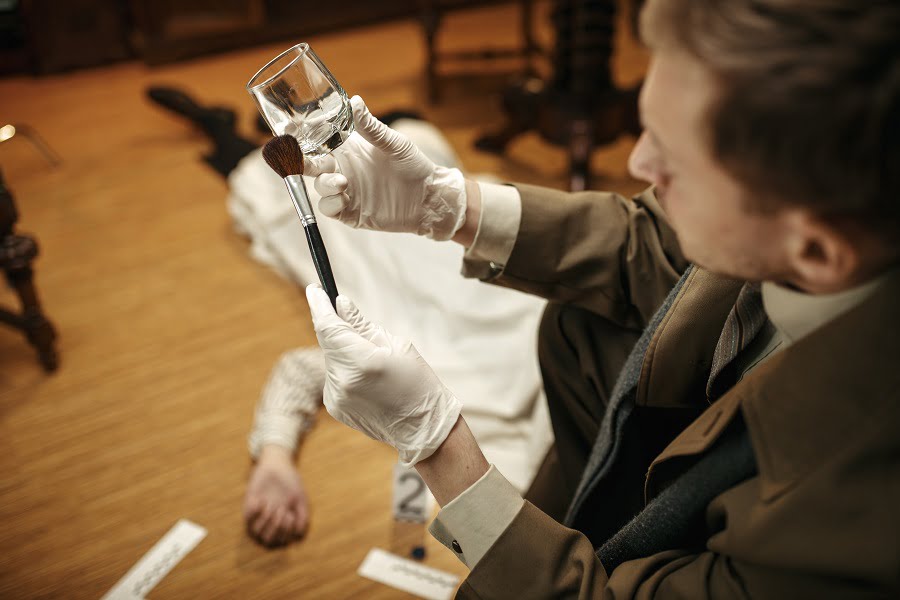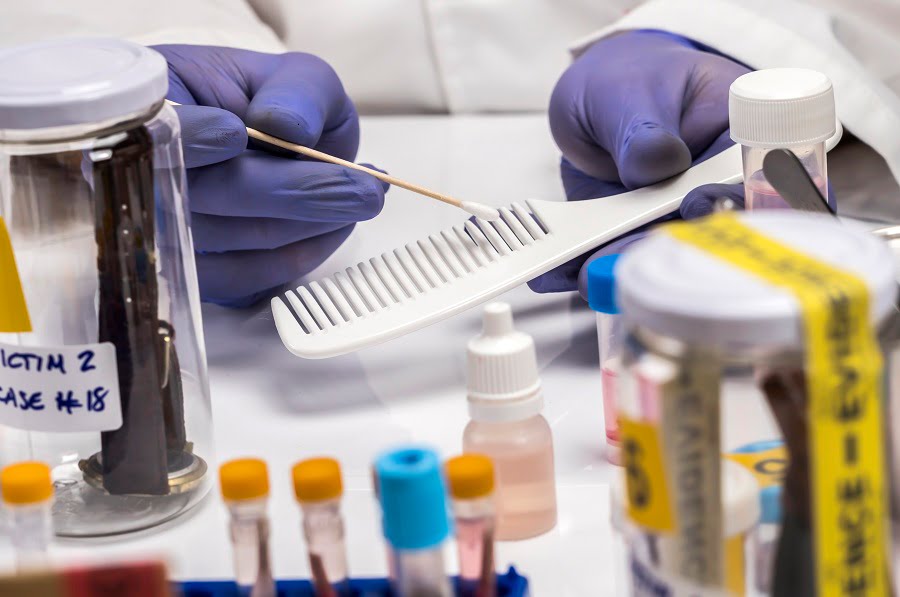
The Evolving Role of DNA in Crime Scene Investigations
DNA in crime scene investigation is a highly debated topic. DNA testing has become more accurate, and it has also become less expensive. DNA evidence can be found at the scene of a crime by items that have been touched by the perpetrator or by analysing blood, semen, hair follicles, saliva, and skin cells left behind.
DNA databases are used to find matches between suspects and DNA samples taken from crime scenes. This article will discuss the evolving role of DNA in crime scene investigations as well as some ethical concerns related to this type of technology.
What is DNA and How Does it Work?
DNA is the molecule that encodes DNA information and passes it from generation to generation. DNA is found in almost all cells of our body, but two key parts are DNA located outside the nucleus (the packaging for the genetic material) called mitochondrial DNA and inside nuclear DNA which contains genes packaged as chromosomes.
Mitochondrial DNA provides a DNA “signature” that can be found in hair, skin cells or saliva but it is only passed down from the mother to her children. DNA sequences are made up of four chemical letters called bases: A (adenine), C (cytosine), G (guanine) and T(thymine). DNA sequencing is the process done by breaking DNA up into smaller pieces and copying them.
DNA testing in crime scene investigation has become more accurate because scientists are now able to take a DNA sample from pieces of evidence found at the crime scene.
How Reliable is DNA in Resolving Crime Scenes?
DNA has been a powerful tool in the justice system for decades. It is used to identify perpetrators, victims and witnesses alike. DNA evidence can be found anywhere from bloodstained weapons, semen samples or even soil near murder sites; however, there are many factors that complicate this process such as contamination of other bodily fluids on physical objects after they are collected by police at crime scenes.
The reliability of DNA in resolving a crime scene varies depending on the evidence available. If there is blood at the scene, then it may be possible to find and analyze some from an unknown suspect with help from forensic analysts.
Sometimes victims will consent to providing samples for comparison purposes so that they can determine if their partner or spouse was responsible for harming them; this gives law enforcement officials another option when trying to identify suspects who are not yet known by authorities as well as corroborating claims made by previously convicted criminals about being innocent all along.

The Future of Using DNA in Crime Scenes
In recent years, the use of forensic evidence has become more and more prominent in crime scenes. This is due to DNA testing becoming increasingly sophisticated; companies are now offering a genetic test that identifies whether or not someone comes from certain ancestry groups instead of just identifying one’s race alone. The future for using this type of DNA evidence seems promising but what does it mean when law enforcement agencies rely on these tests beyond fingerprints?
Will DNA ever replace fingerprints in crime scenes?
There are many different ways to identify a suspect, and the future of criminal justice may shift into using more biometric data. A recent study has shown that there could be an average delay between collecting evidence at the scene (fingerprints) and when it can be analyzed for use as identification purposes, which is often within 24 hours or 48 hours at most. This leaves room for suspects to commit other crimes before being identified by their fingerprints.
The Process in Queensland
Queensland Police have long been able to take fingerprints of those they arrest. However, now their powers extend even further – police officers in Queensland can require an individual who has committed a crime or is suspected of committing a crime to provide fingerprints and DNA samples for identification purposes! These developments are contained within the Police Powers and Responsibilities Act 2000.
The Identifying Particulars Notice (IDP) is one method used by law enforcement officials while having discussions with individuals accused of crimes after arrest but before conviction.
The police may be able to identify your particulars by issuing an IDP or detaining you. This usually happens at the same time as when someone is charged with a crime, giving them 7 days for compliance before being penalised if they don’t comply.
The IDP provides those accused with ample opportunity – giving them enough time to come into compliance before facing any penalties.
If you have been charged with any offence and been issued with an IDP or DNA Sample Notice, it is crucial that you get legal advice right away.
If you find yourself in trouble, contact Bouchier Khan Lawyers at our offices in Toowoomba, Ipswich and Brisbane right away so that we can speak on your behalf when it matters most.
This article is of a general nature and is intended for information only. It should not be relied upon as legal advice. If you require further information, advice or assistance for your specific circumstance, please contact us at Bouchier Khan Lawyers.
